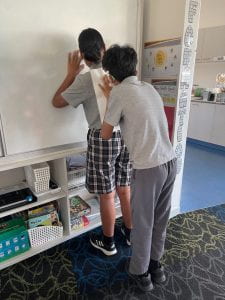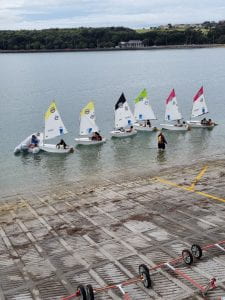In groups, LS2 have been exploring and unpacking the importance of Matariki. We used our smart searching skills to create an idea of what Matariki is so that we could explain to other people who might not know what it is.
Matariki is an important celebration because of the meaning and history behind it. Matariki is a cluster made of stars which represent and symbolise the nature of Earth.
Each star symbolises a different element and concept. For example: Waiti is the star connecting to bodies of freshwater and Waita is the domain of Tangaroa with oceans.
The Matariki celebration holds a great significance to the early Maori as it was a sign to start harvesting the crops they had previously grown. The Matariki cluster also helped them determine the direction whenever they would travel. The whole concept of Matariki is to bring people together, reflect, celebrate and plan for the future. Reflecting on the past means that you will have a clear understanding of what you can change, keep the same or add. Celebrating is to commend on the present achievements. Planning for the future is to create goals for the future.
I enjoyed this task because it expanded my knowledge on Matariki and how each star represents different elements of the earth.

